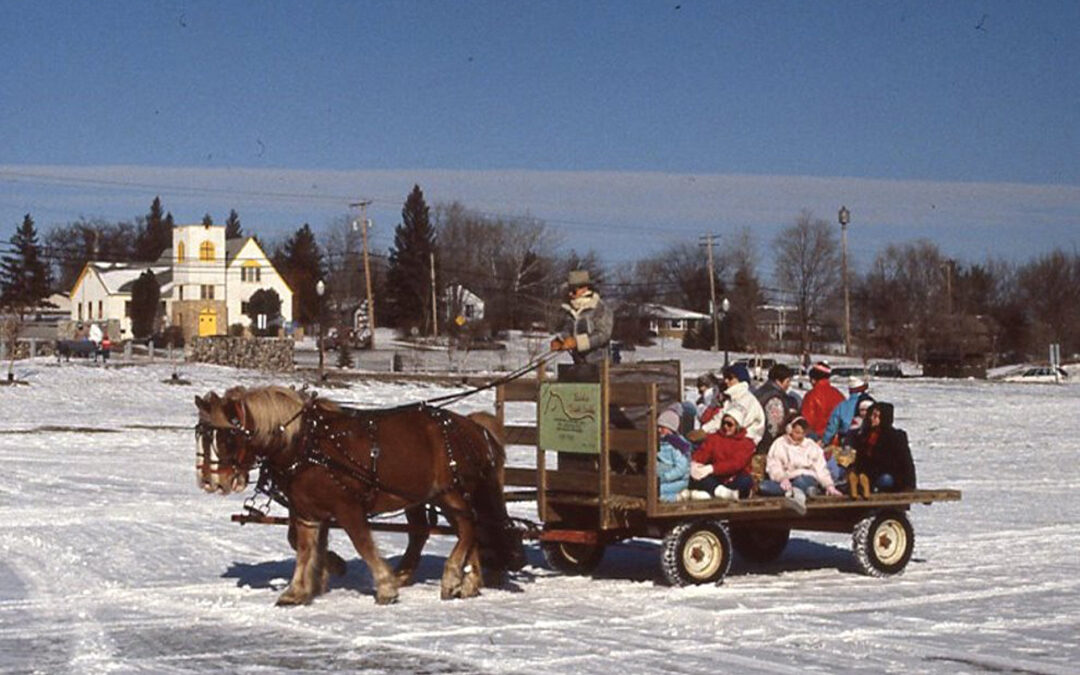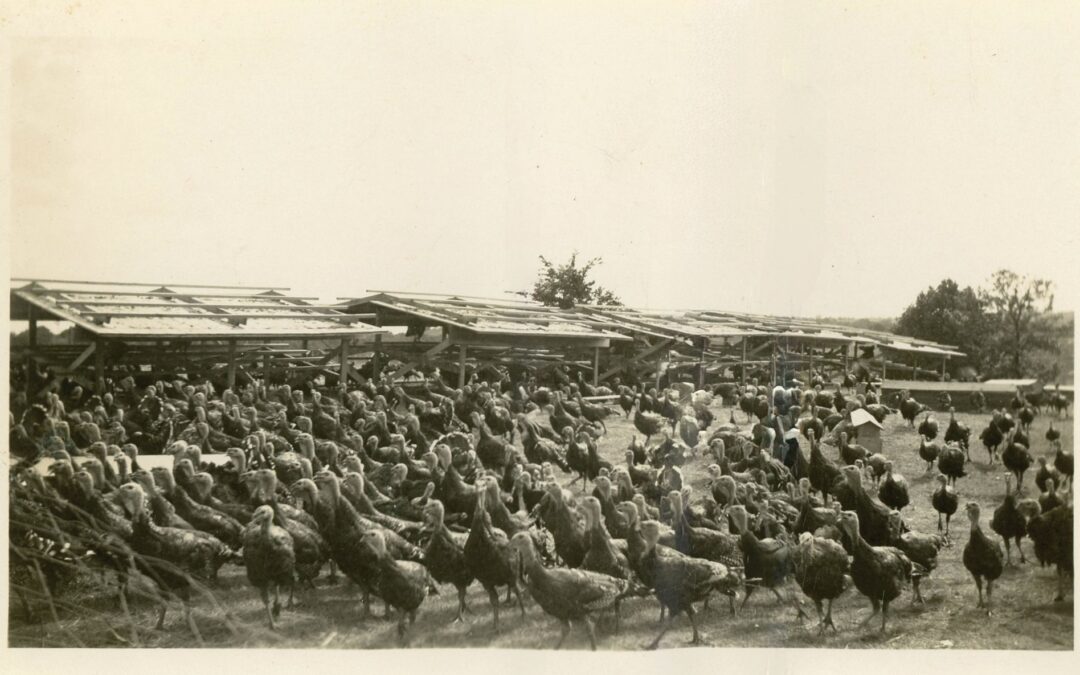
Photos: Emily J. Davis
A look back at the growth cycle of Plymouth’s own millennial garden.
Gardens, no matter how large or small, English or cottage, formal or whimsical, begin with a single idea. Much like their flowers and plants that start from the smallest of seeds and grow, the idea to create a garden germinates from a place of hope and inspiration. The Millennium Garden in Plymouth is no exception.
Nestled on approximately 2 acres adjacent to the Plymouth Creek Center, the garden, in all of its blooming glory, can be traced back to one idea that was nurtured, pruned, fertilized, watered and loved by city staff, businesses, organizations and residents until it grew into a city jewel that plays host to more than 60 weddings and a plethora of events every year. It was, is and always will be a true community garden.
The Inspiration
In 1999, city staff was looking for inspired ideas on how to celebrate the turn of the millennium. Now-retired parks and recreation director Eric Blank spoke up at a City Council meeting with an idea to expand the small garden that was slated to go on the west side of the Plymouth Creek Center, which was being built at the time. “I told them we should take the garden 10 steps further and make it something really special and unique,” Blank says. “And we could tie it to the millennium.” Councilmembers loved the idea.
Blank, admittedly, wasn’t sure how much the project would cost, but when asked he told them he would need $100,000 to get the ball rolling. “I believed this would be a project we could fundraise for and the community would really embrace,” Blank says. “I had no idea how true that statement would be.”
Mark Peterson, the city’s superintendent of parks who retired in 2011, was brought in to kick the project into high gear. The city hired a fundraising guru and held a landscape design competition; George Watson of local land-use planning and design firm Brauer & Associates, who had designed many of Plymouth’s parks, won the bid with an awe-inspiring design perfect for formal events and casual strolls alike.
Sowing the Seeds
Peterson, Blank and Watson set out to make the garden come to life. By spring 2000, the project was officially underway. Memorial bricks were sold to raise money—the early purchasers were recognized at City Council meetings—and organizations and businesses were contacted about donating funds; the Rotary Club of Plymouth was the first group to contribute. Some residents wrote checks, others sent cash. Turns out, as Blank suspected, Plymouthites could see the vision.
Peterson, who is charming, persuasive and one of those guys who could talk a starving dog off a meat truck, wrangled literally hundreds of thousands of dollars in donated goods and services throughout the two-year first phase of the project. “I twisted arms and reached out to many of the contacts I had done business with over the years,” he says. “We got grading done for nothing, and the cement contractors, earth work guys, stone guys and pond guys all did work at a reduced price or for free. Hedberg Landscape actually gave us a couple of checks and gave us discounts on the work they did—it was amazing. Everybody really pitched in and stepped up to get it done.”
So on June 29, 2003, the mayor, distinguished guests, residents, donors and volunteers—as well as “idea generator” Blank, “the interpreter” Watson and “implementer” Peterson, as Watson calls the trio—congregated in the garden for the official dedication of Phase 1. And what they were dedicating was remarkable indeed.
Bountiful Blooms
The Millennium Garden was (and is) a feast for the eyes and the senses. In this space that looks like it’s been plucked from the pages of a gardening magazine, curved walkways wind their way around the brilliant green periphery and invite visitors to linger in the many “rooms” that demand a longer look.
On the north end, a water garden boasts a circular pond with a whimsical fish fountainhead; stone and cement benches are a great spot for a respite, and bright pops of brilliant color with Joe Pye weed, iris and other perennials make this a perfect locale for wedding photos. A decorative expanse of wrought iron and two stone columns form a pristine doorway to the rose garden and the grand lawn, where, every weekend, wedding guests gather to witness nuptials.
The water garden is flanked by two walkways and dazzling cedar arbors brimming with greenery. A native shrub garden to the northwest offers prairie roses, buttonbush, sweet ferns and nannyberry, and a butterfly garden attracts butterflies of all types with its purple coneflowers, Prairie Smoke and heath aster.
But the pièce de résistance is a bit further in. Past the grand lawn and low stone walls, up the wide staircase that opens to a stone stage and boasts dual wooden pergolas, is the penultimate backdrop for a wedding ceremony or solitary reflection: A bronze sculpture called The Winged Iris.
Beyond, a labyrinth and a garden dedicated to woodland restoration rounded out the first phase. And in 2008, Peterson, Watson, Blank and numerous others worked to transform two runoff ponds into a space that includes a waterfall, stone staircase, wetland viewing platform, naturalized stream bed and nostalgic covered bridge.
Community Garden
In springtime, hundreds of high school students bring their prom dates to the garden for photos, and on Friday mornings in the summer, yoga enthusiasts place their mats on the grand lawn and search for inner peace among the flora. Even though the city of Plymouth has staff to help keep the garden pristine, every weekend you’ll find volunteers picking up spent petals from the ground, pulling wayward weeds that try to make their home among the countless blooms or sweeping debris off the hundreds of memorial brick pavers. You will see older folks walking the labyrinth, tots teetering on the grass and Plymouth residents of all shapes and sizes in between.
And, of course, there are the weddings. “With 60 weddings at about 100 guests each, that’s about 6,000 people who are having a very unique family-and-friends experience at this location that they’ll remember for the rest of their lives,” Watson says. “And they’ve got photographic history of the event; that’s how a park takes on a life.”
From spring to summer to fall to winter, the garden is the place where folks can come to see what can happen when they all work together. “We couldn’t have done it without the help of the community,” says Blank, looking back on the project that he says is one of the defining moments of his career. “People donated their time, their energy and their money to make this happen. We all fell in love with the garden.”
Phase Two
Phase II of the The Millennium Garden consisted of the main water feature, including the water pond, waterfalls and plant materials. According to Peterson, a large portion of the work was completed by Instititution Community Work Crews, men who are serving prison sentences in Lino Lakes. All of their work was done by hand. George Watson, the designer, volunteered to help supervise the crew in their work. Apart from some additional work on the northern pond, Phase II basically resulted in the conclusion of the project in 2009. //


Millennium Garden
14800 34th Ave. N.
763.509.5280
plymouthcreek@plymouthmn.gov






















